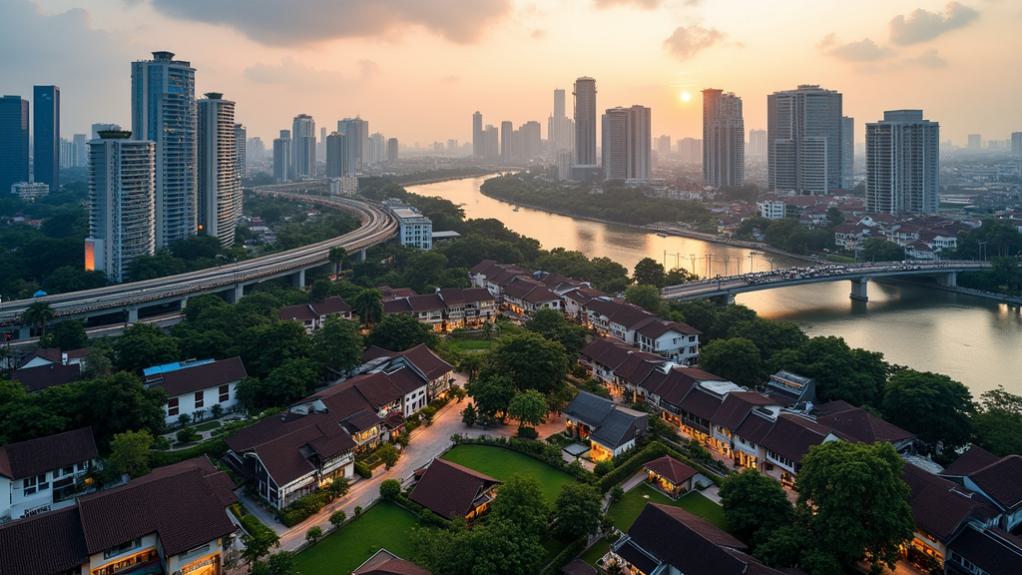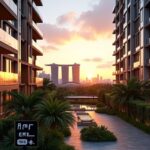While Singapore’s urban landscape continues to evolve, the Urban Redevelopment Authority‘s 2025 Draft Master Plan introduces thorough changes that aim to transform the city-state’s built environment through a multi-faceted approach to sustainable development.
The plan’s emphasis on inclusivity and age-friendly neighborhoods represents a strategic shift toward accommodating Singapore’s demographic challenges, with purpose-built rental housing incorporating universal design principles to facilitate aging-in-place and multi-generational living arrangements. The plan ensures 8 in 10 households will have easy access to train stations by the 2030s.
The integration of advanced climate modelling tools demonstrates a data-driven approach to urban resilience, with the Long Island Project emerging as a cornerstone initiative addressing coastal defense mechanisms and land reclamation strategies in anticipation of rising sea levels.
These climate adaptation measures, coupled with expanded green infrastructure and targeted tree-planting programs in high-heat districts, illustrate a thorough response to environmental vulnerabilities.
Underground development continues to optimize Singapore’s limited land resources, with new deep caverns at Gali Batu following successful precedents like the Deep Tunnel Sewerage System.
This vertical and subterranean expansion strategy complements the planned addition of over 25 new parks and 50 kilometers of Park Connectors by 2030, which will enhance ecological connectivity between significant natural habitats such as the Mandai Mangrove and Central Catchment areas. The strategic development of four new parks in Kranji will further strengthen the nature corridor network, integrating green spaces with water bodies for improved biodiversity.
The draft plan’s heritage framework balances conservation imperatives with redevelopment necessities, proposing new conservation designations for structures like the NatSteel Steel Pavilion and Bukit Timah Turf City buildings.
These heritage considerations coexist with economic development priorities, as evidenced by dedicated land allocations for digital economy infrastructure and innovation districts.
Flexible zoning regulations tailored to accommodate emerging industries represent a forward-looking approach to economic planning, while integrated business and lifestyle clusters near transport hubs maximize connectivity efficiencies. The plan also includes approximately 80,000 new units of public and private housing strategically distributed across Dover, Defu, Newton, and other key areas.
Through these multidimensional strategies, the 2025 Draft Master Plan establishes a thorough blueprint for Singapore’s spatial development that addresses immediate urban challenges while positioning the city-state for sustainable long-term growth.





